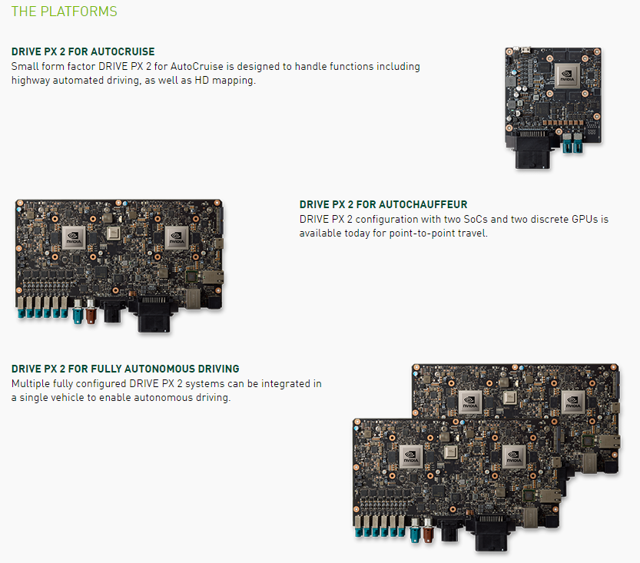strangecosmos
Non-Member
From Techcrunch:
"Nvidia CEO Jensen Huang revealed a forthcoming generation of the company’s self-driving Drive PX supercomputers for use in vehicles – the successor to the current Drive Pegasus, which will be called the Drive Orin and which will use essentially two Drive Pegasus computers combined into one, much smaller packages."
I think Techcrunch might be wrong. Because this what Jensen said:
"DRIVE Pegasus, as powerful as it is, multiple ones are being used in self-driving cars. Our next step is called Orin – we’ll take eight chips, two Pegasuses, and put them into two Orrins. This is our drive roadmap."
I want to know who is using multiple Pegasuses.
Last edited:



